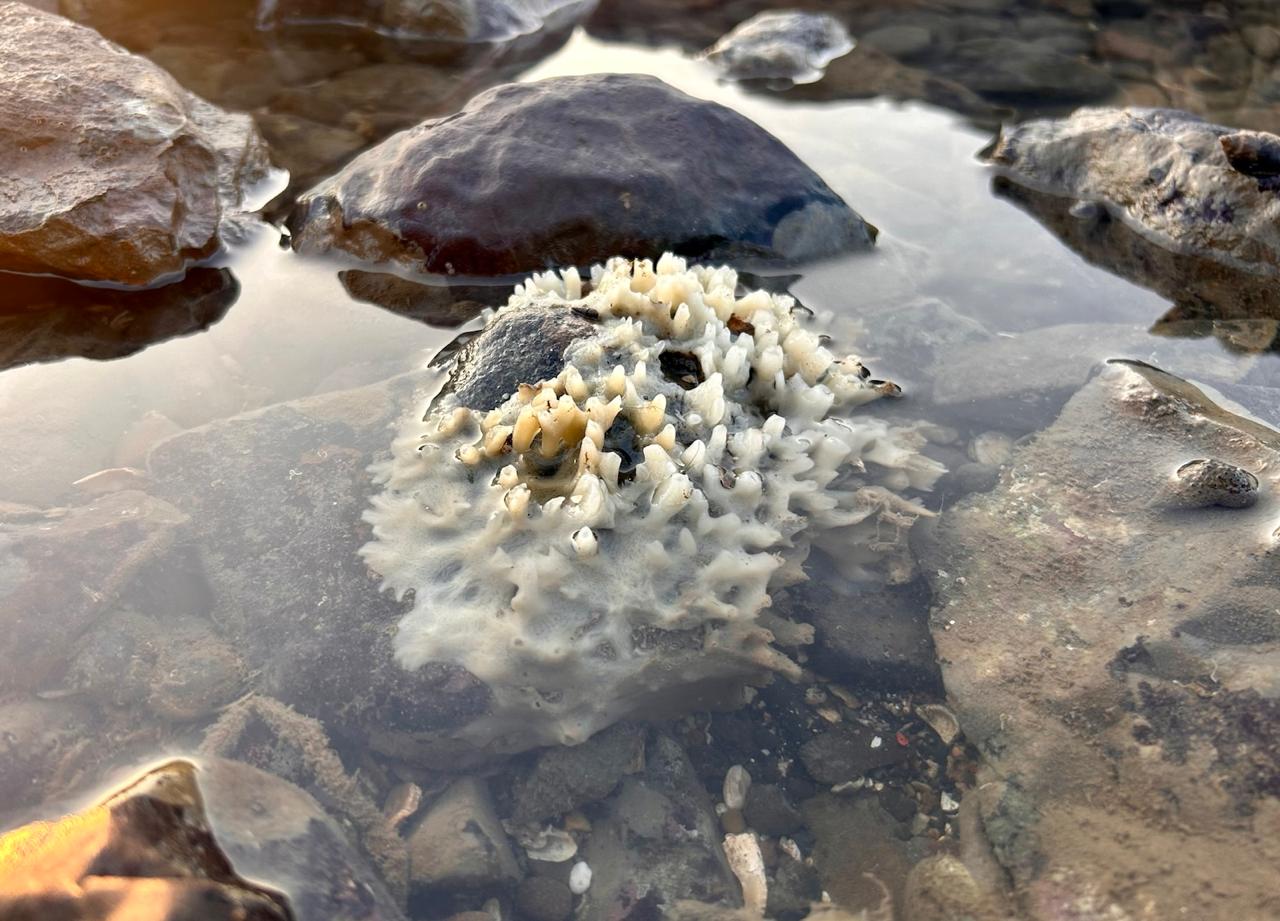Last Saturday evening, I joined the lovely group organised by The Ecological Society Team (Instagram: Ecological Society Pune) for a nature discovery walk at Nepean Sea Road — meeting at 4:30 pm, walking from ~5:00 pm to ~7 pm. The location was a rocky patch along the tide‐line, where, as the tide receded, a remarkable marine intertidal world revealed itself.
The organisers, Nikhil, Chinmay are great guys and fantastic educators of marine lives. We really enjoyed learning from them.
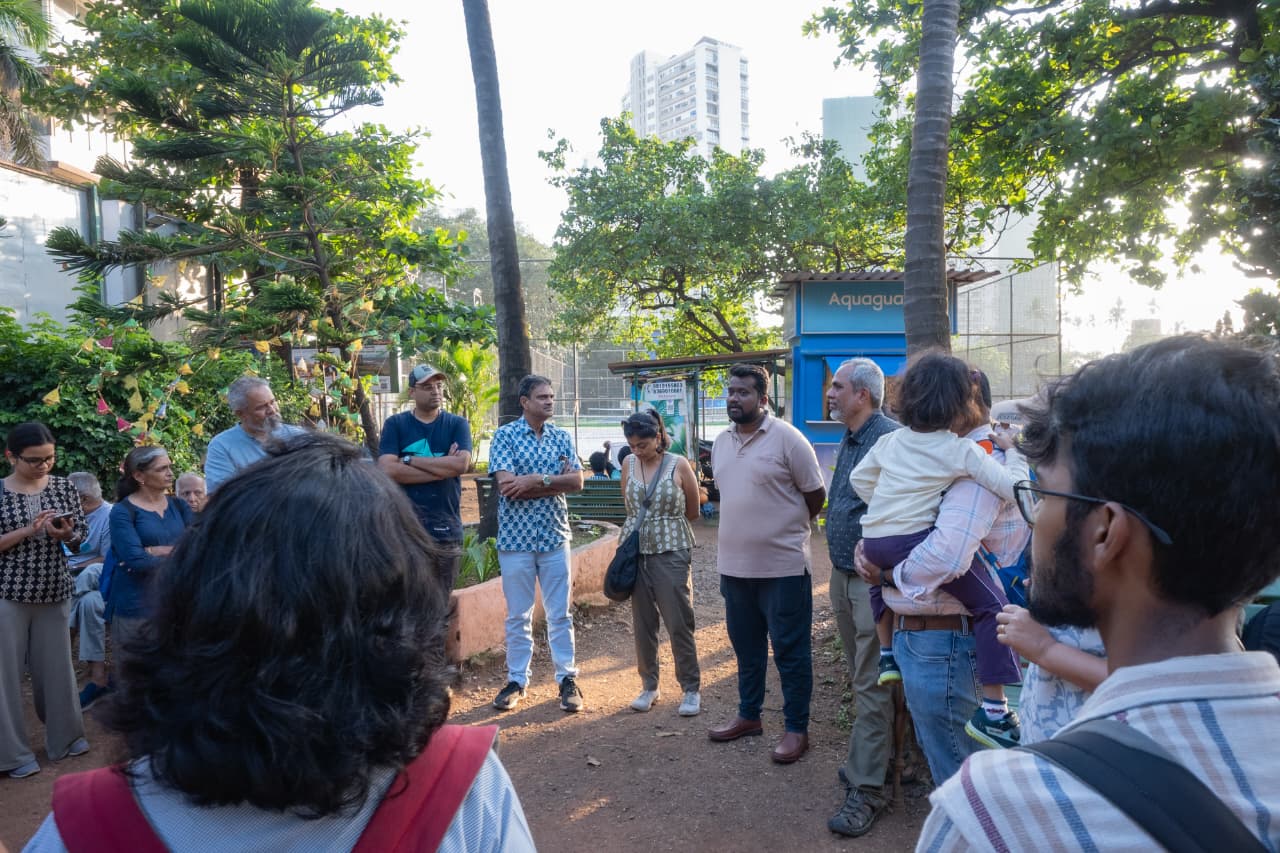
What I discovered
Armed with passion and curiosity, I trekked across slippery rocks and shallow pools of seawater. What greeted me was far more than just waves and sea breeze.
- We saw clusters of colourful sponges adhering to the rock surfaces — porous animals filtering water, quietly thriving.
- On the rock flats and shallow tide-pools, we found soft and hard corals and colonial animals like the striking violet zoanthids (a type of cnidarian related to corals), which the walk organisers say are best seen at Nepean Sea Road.
- Among the rocks, we spotted hermit crabs carrying empty shells, barnacles cemented to rock surfaces, snail eggs in little translucent clusters, clam/bivalve shells, and sea stars, brittle stars moving slowly in the pools.
All the photo credit goes to Maya Murdeshwar and other friends at the walk.
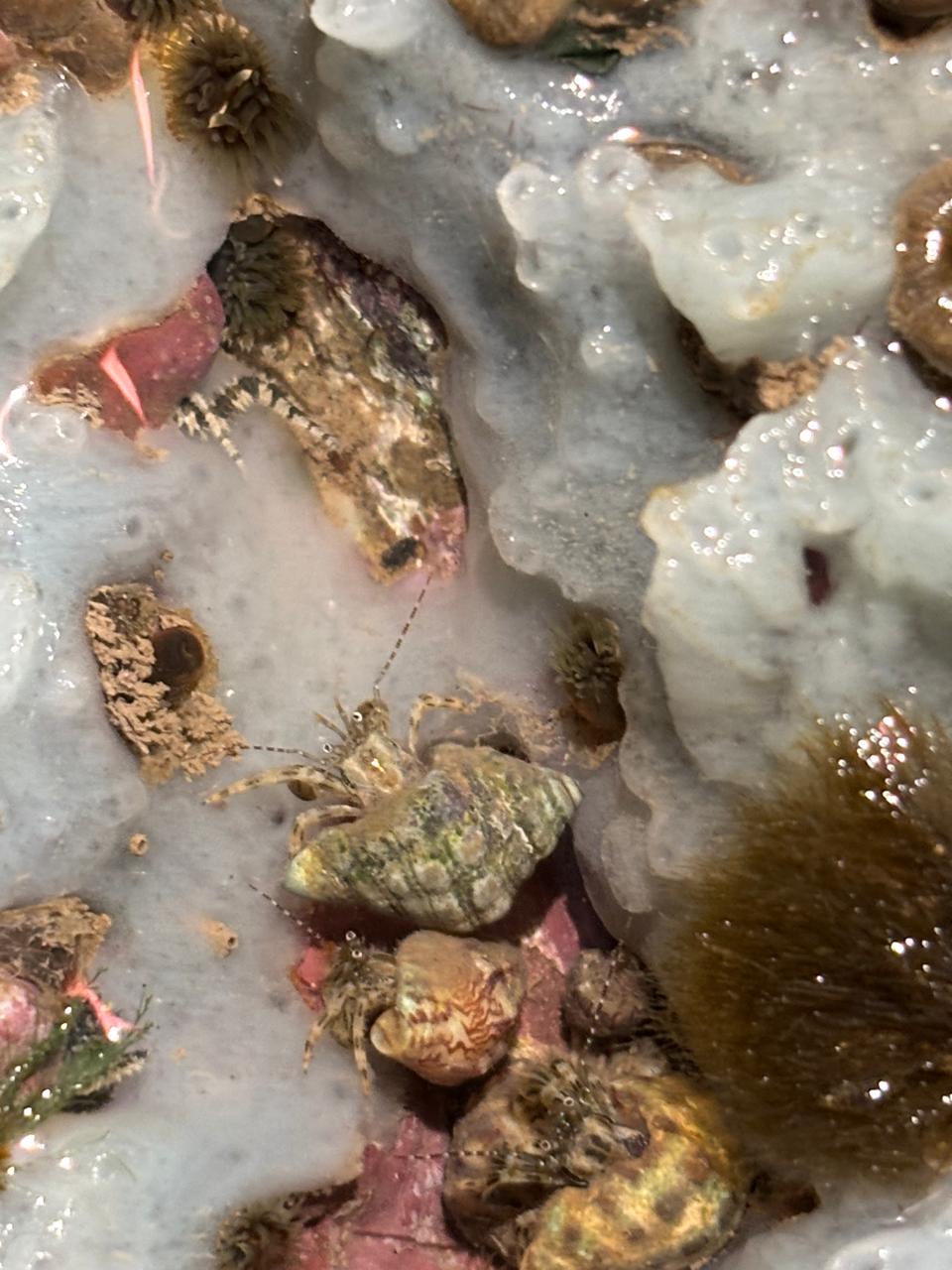
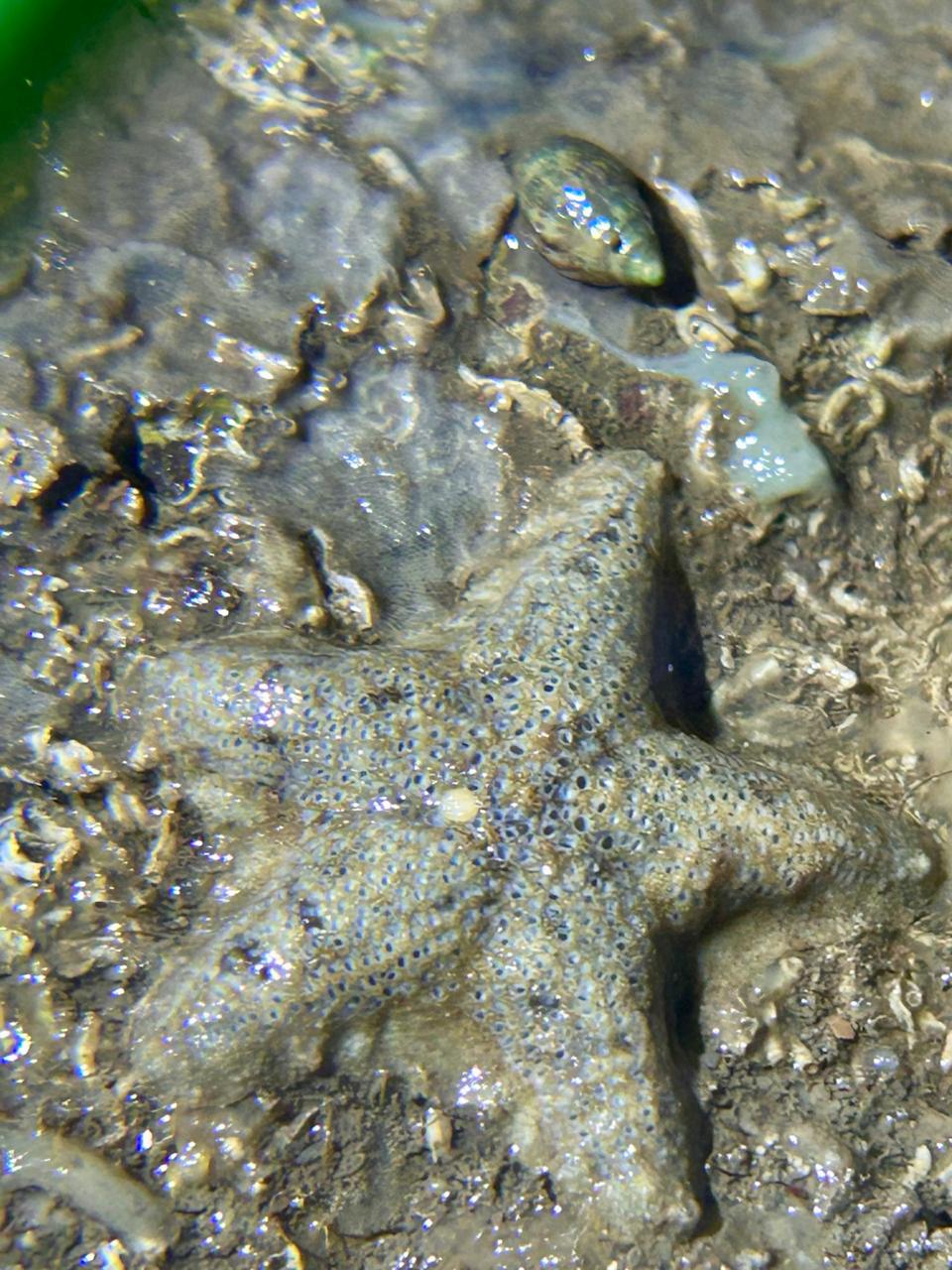
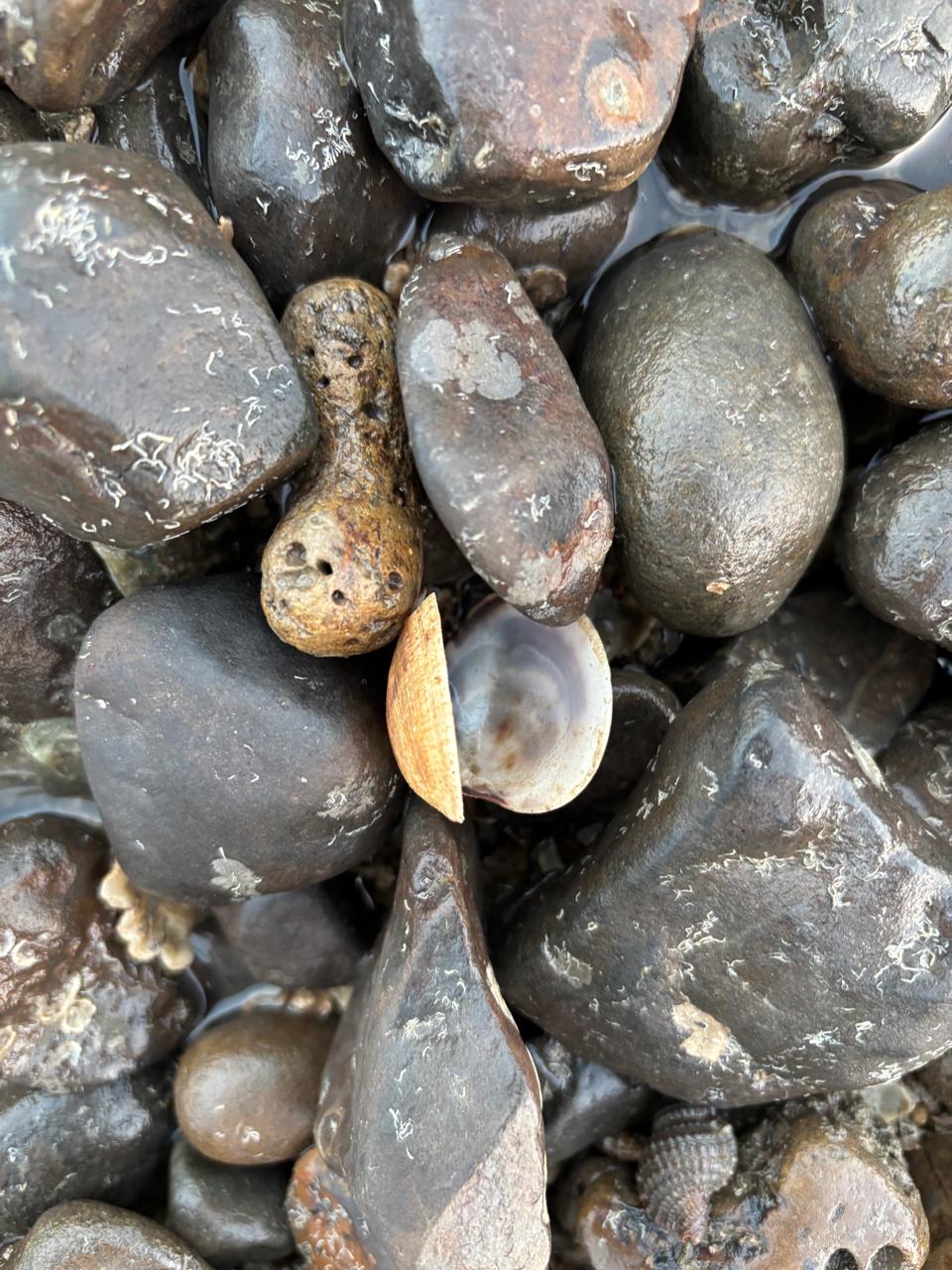
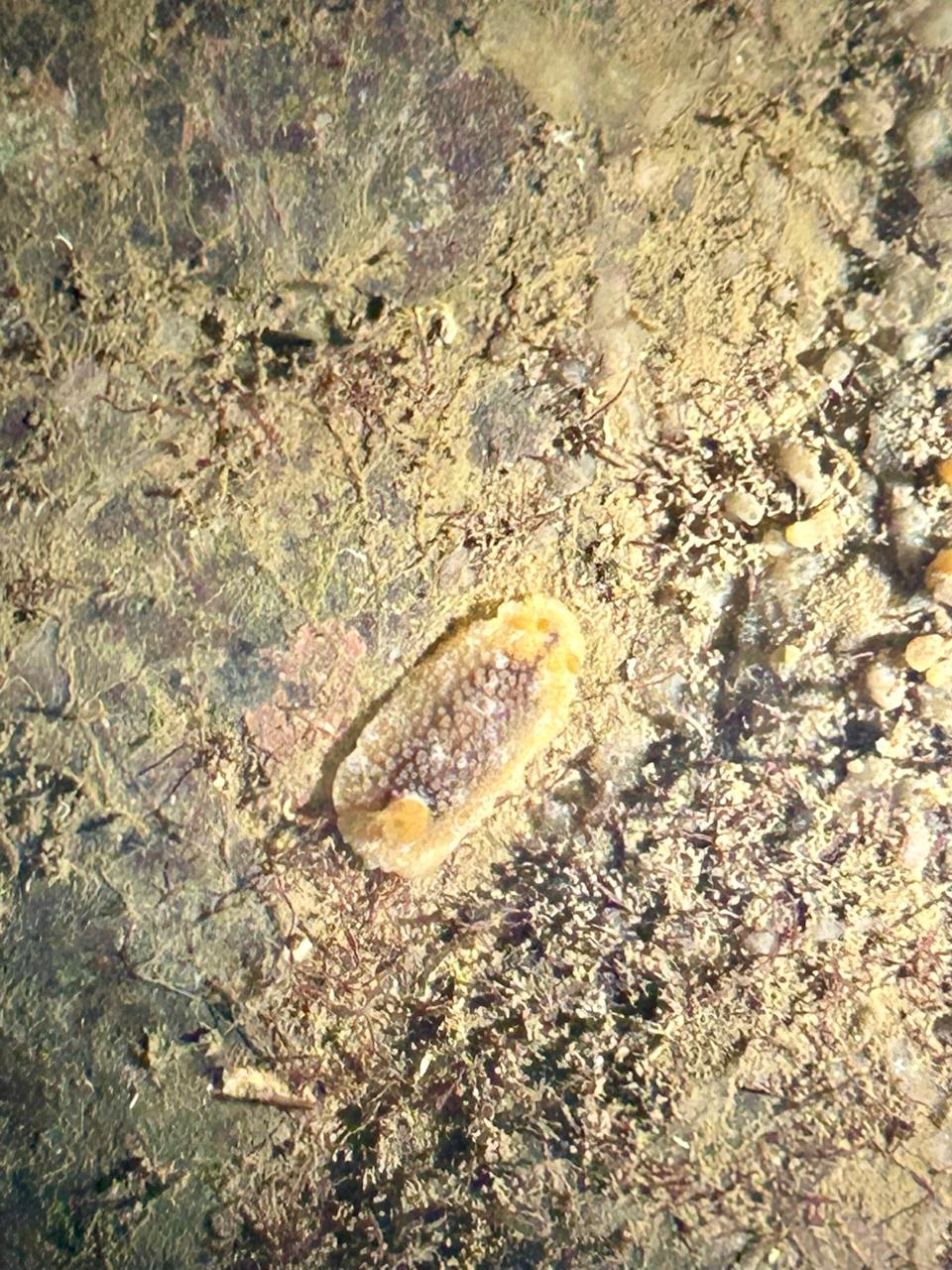
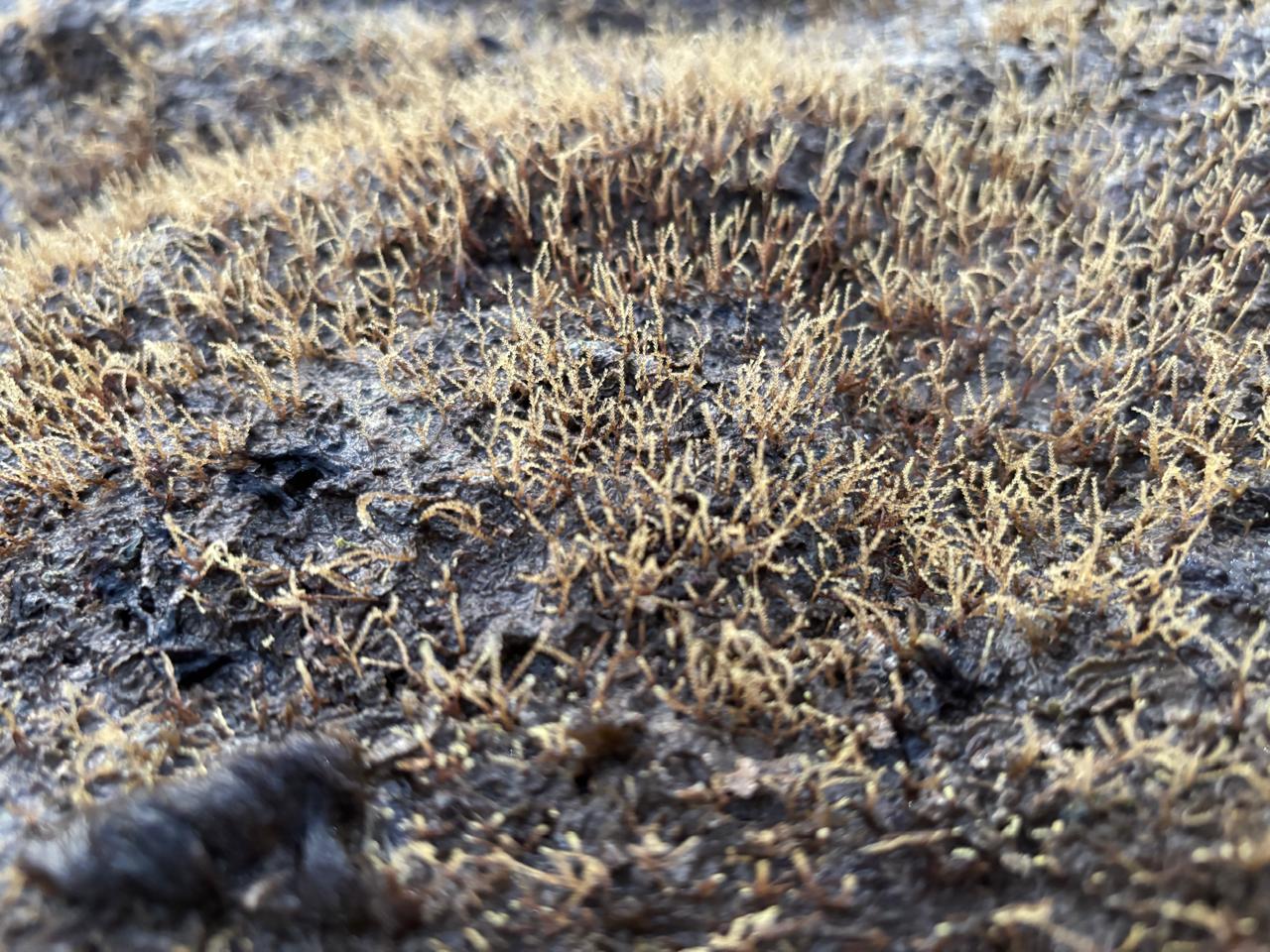
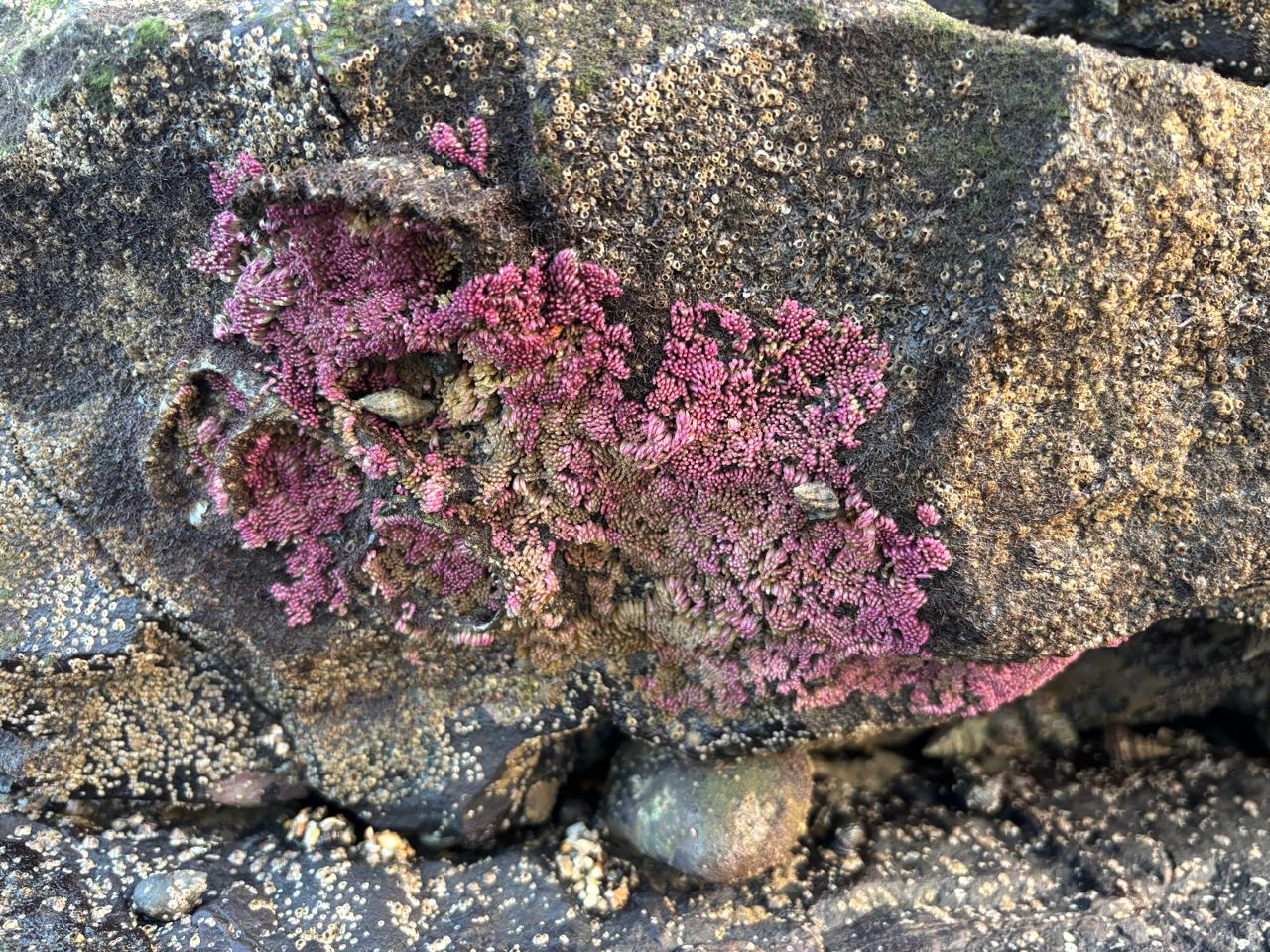
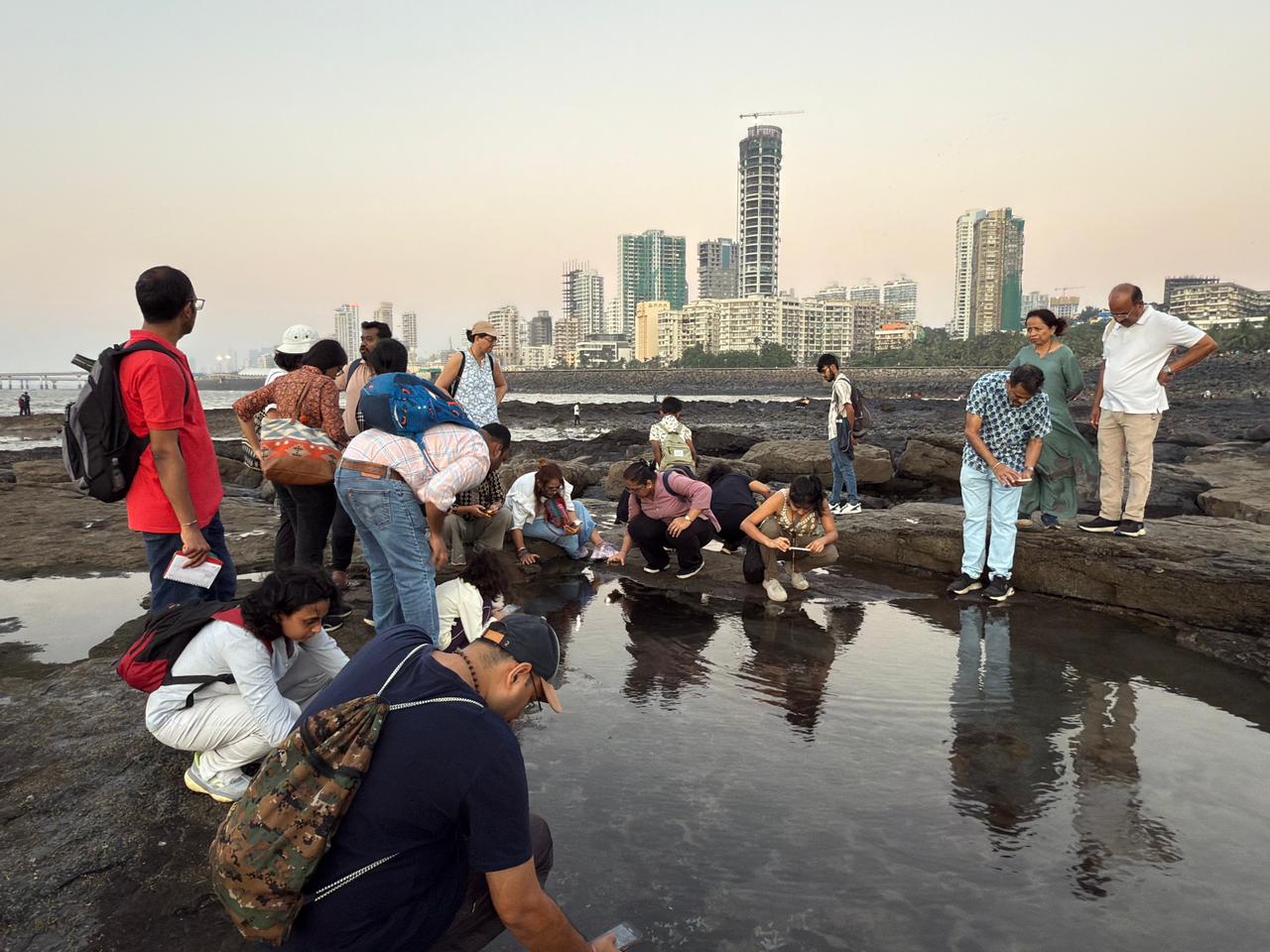
- We even glimpsed green algae mats and clinging sea snails; the variety was surprising for a city coast.
- What really struck us: although this shoreline is in a busy urban context, the intertidal zone here supports a vibrant micro‐ecosystem. As one article noted: “a hidden forest of algae, sponges and hydroids” on Mumbai’s rocky shore. The Guardian+1
Why this matters
Walking through this terrain reminded me of how close to home nature still is — and how easily we miss it. In the hustle of city life, the shoreline often appears as a mere backdrop. But the tide tells another story: each low tide unveils life that is muted under water. The rocky slopes and pools are city-shoreline micro‐habitats where marine animals have adapted to waves, exposure and changing tides.
Further, places like Nepean Sea Road have been documented in recent marine biodiversity efforts. A 10-day “bioblitz” included this very shore to record intertidal species. Hindustan Times+1
Reflections & Take-aways
This kind of walk can be a valuable way to connect with nature even in urban settings — and to realise that conservation starts in places we ordinarily overlook.
The next time you visit a rocky shore (even near a city), slow down. Bend close to the rock, peer into the pool, watch for movement. The smallest creatures often hide in plain sight.
Always tread carefully: the rocks are slippery, tide schedules change, and you want to respect the habitat (give space, don’t disturb shells or animals).
Carry a notebook or use digital apps to take your notes, as there’s a great chance of forgetting their names!
#SeaSponges #CoastalWalk #SeaStar
